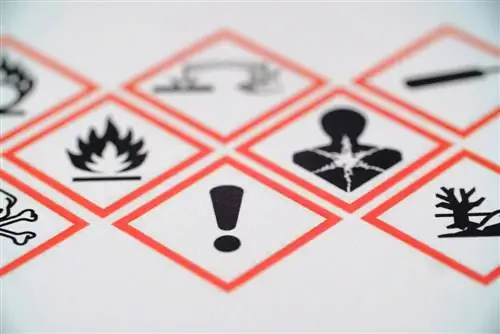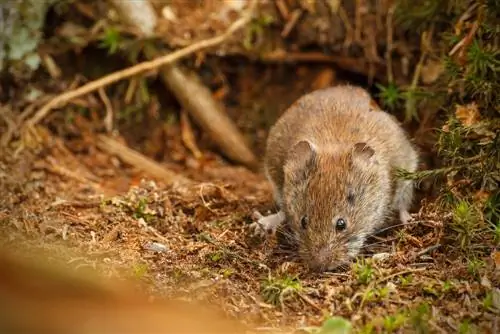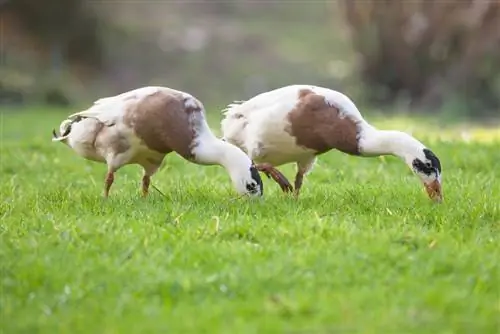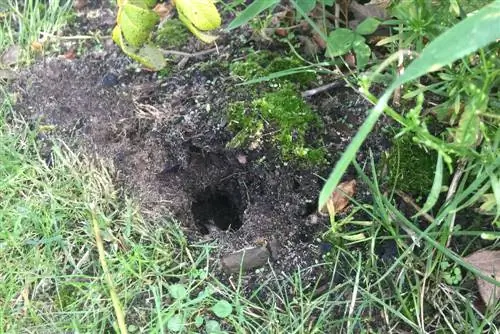- Author admin [email protected].
- Public 2023-12-16 16:46.
- Last modified 2025-01-23 11:22.
Voles have nibbled on your vegetables and you are angry and want to get rid of the animals as quickly as possible? Poisoning a vole is one option, but not a good one. Find out below which poison baits there are, how they work and what animal-friendly alternatives you have.

What alternatives are there to vole poison?
Vole poison contains toxic substances such as coumatetralyl or zinc phosphide, which are fatal if ingested over several days. Environmentally and animal-friendly alternatives include live traps, vole scarers, smells, ultrasound and certain plants.
Poison vole
Various poison baits are available in specialist shops. Due to the high toxicity of the bait, some manufacturers recommend not using it in the garden to prevent poisoning other animals. Other baits, on the other hand, should be placed in the vole burrows despite their toxicity to aquatic organisms with a long-term effect. To be lethal, the mice have to ingest the poison over several days.
The effect of poison bait
Poison baits are, as their name suggests, poisonous - and not just for voles! Poison baits contain chemical, toxic substances such as coumatetralyl or zinc phosphide. Coumatetralylprevents blood from clotting, so that the affected animal dies painfully from internal bleeding after 5 to 10 days. While Coumatetralyl is practically insoluble in water,Zinc Phosphide reacts violently when it comes into contact with moisture. This produces toxic gases such as phosphine, phosphorus and zinc oxide. These can also cause shortness of breath, nausea, dizziness and many other symptoms in people.
These substances not only harm voles, but also rats, other mouse species and the protected mole. The poison can even cause death in pets and people!
Can voles be poisoned?
Voles are not protected. However, it is prohibited according to the Federal Nature Conservation Act, Chapter 5, Section 2, § 39:
“to wantonly disturb or to capture, injure or kill wildlife without reasonable cause”
Therefore, it is important to avoid causing unnecessary pain to voles or even torturing them.
Vole Poison Gas
A more animal-friendly way to get rid of voles is to use poison gas. The vole gas is usually served in tablet form (€14.00 on Amazon). These are placed in the tunnels where, when they come into contact with moisture, they produce a gas that smells unpleasant to voles and moles. They then flee. To prevent return migration, the measure should be repeated several times. Since the animal is not injured here, the gas can also be used for moles. However, this product is also extremely toxic to birds, game and other animals and poisons groundwater and soil. It is therefore more advisable to avoid poison altogether.
Animal and environmentally friendly alternatives
If you want to work without poison for the sake of the environment and your own he alth, various measures can be considered:
- Livetrap
- Vole scarecrow
- Smells
- Ultrasound (be careful, unpleasant for other animals too!)
- Plants against voles






